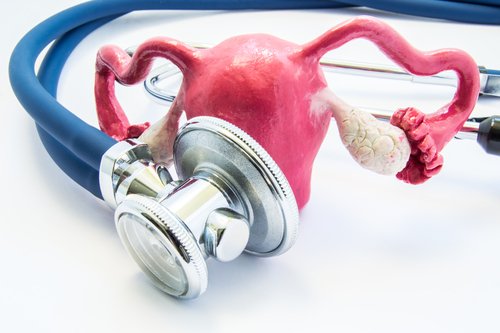
The annual exam is the cornerstone of good healthcare for women. This yearly visit allows the doctor to assess the patient’s general health, perform a physical exam, order indicated screening tests and to make individual recommendations.
The gynecological physical exam consists of a basic physical exam with emphasis on the breast and pelvic exam. The pelvic exam includes the external exam that checks for disorders of the vulva, clitoris, vaginal opening and the area around the anus. This essential part of the pelvic exam is often missed by doctors and is an important way of discovering cancers, infections and even disorders such as diabetes.
A speculum is used for the internal pelvic exam to look for abnormalities of the vagina and cervix. The pap smear is taken of the cervix if indicated and is only used to detect cervical cancer and pre-cancer. Uterine tumors such as fibroids and ovarian cancers are suspected only with the bimanual pelvic exam, and have nothing to do with the pap smear.
If you hear or read that a pap smear is not necessary yearly, this may be correct, but the pap smear is only a small part of the pelvic exam. All women, over the age of 18, need a complete breast and pelvic exam yearly.
